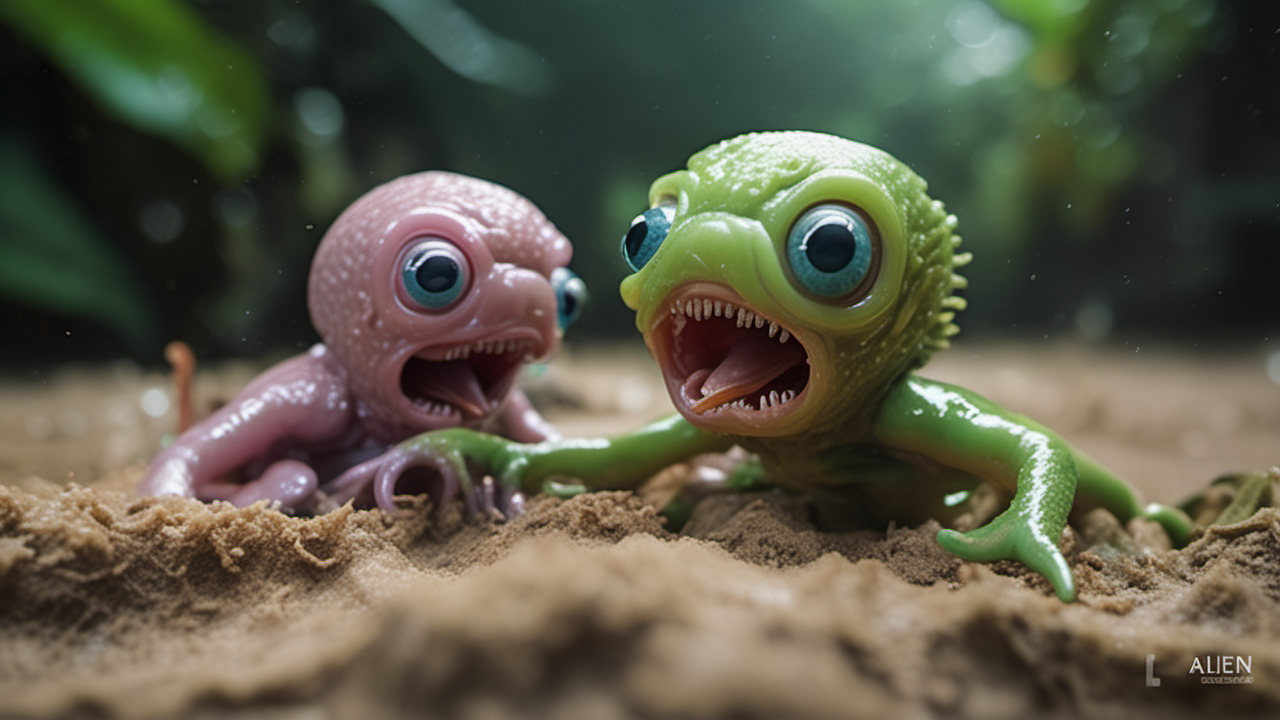A Scholarly Analysis of AI’s Study on Vermeer and the Classics
A recent groundbreaking AI study has piqued the interest of the art world, as it deftly intertwines the technological advancements of the modern age with the timeless allure of classical art. The focus of this scholarly investigation is the creation of 1800 variations of Johannes Vermeer’s iconic painting, “Girl with a Pearl Earring,” each meticulously reimagined in the style of various classical painters and artists.
The AI, a testament to human ingenuity, embarked on an ambitious journey to honor Vermeer while simultaneously delving into the stylistic nuances of other revered painters. The AI diligently examined the oeuvres of artistic luminaries such as da Vinci, Rembrandt, and even the contemporary Bob Ross, seeking to harmoniously blend their distinctive techniques with Vermeer’s masterpiece.
The result of this academic endeavor is a breathtaking collection of images that both pay tribute to the original work and offer innovative reinterpretations. One variation, for example, presents the Girl enveloped in the dramatic chiaroscuro lighting characteristic of Caravaggio, while another envisions her seamlessly integrated into a Botticelli scene, adorned with flowing robes and surrounded by cherubs.
The AI’s study serves as a testament to the potential for interdisciplinary collaboration between the realms of technology and traditional art. By analyzing and synthesizing the stylistic elements of the great masters, the AI invites art historians, critics, and enthusiasts alike to contemplate the ever-evolving nature of creativity and the role of technology in shaping the future of artistic expression.
This groundbreaking project not only pushes the boundaries of AI’s capabilities in the domain of art but also challenges our understanding of the dynamic relationship between past and present artistic movements. The marriage of classical techniques with cutting-edge AI technology offers invaluable insights and ignites conversations about the ever-shifting landscape of art, ultimately reminding us that the essence of artistic innovation lies in the continuous evolution of ideas and perspectives.
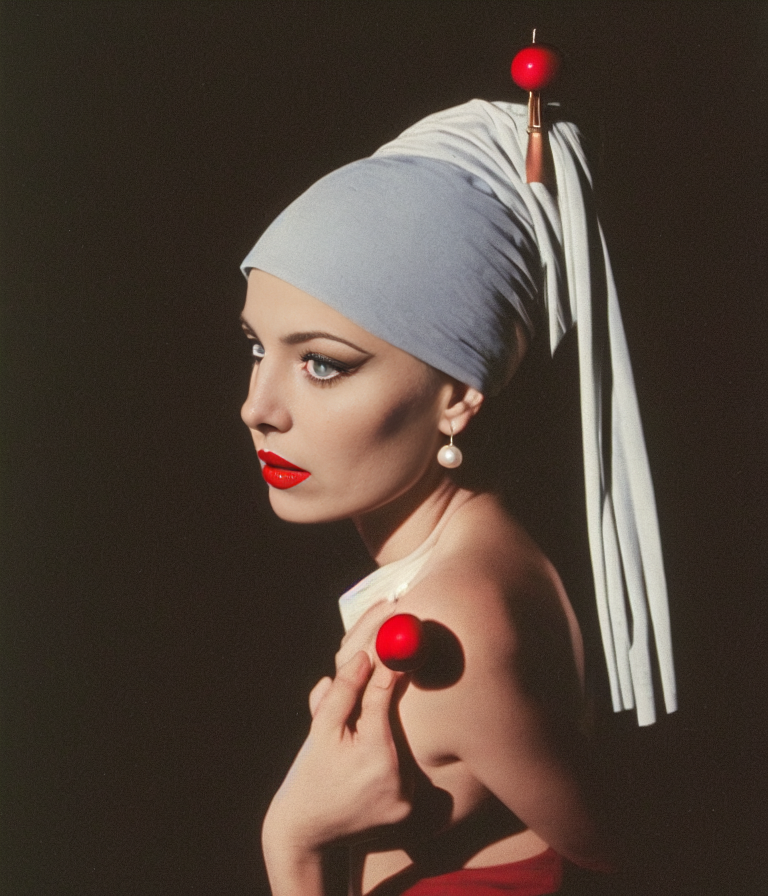
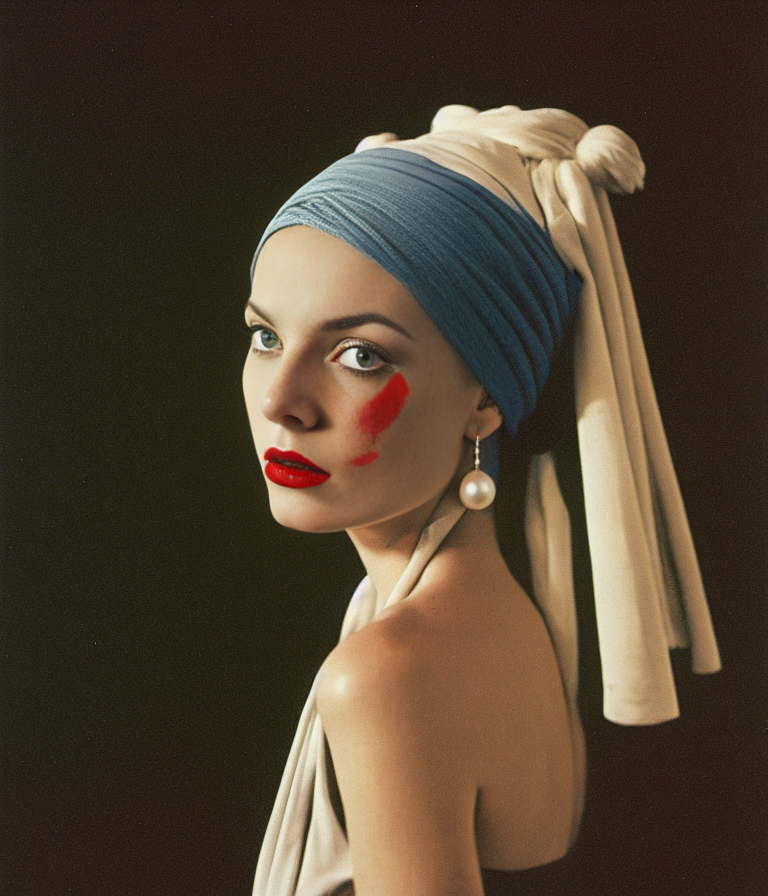
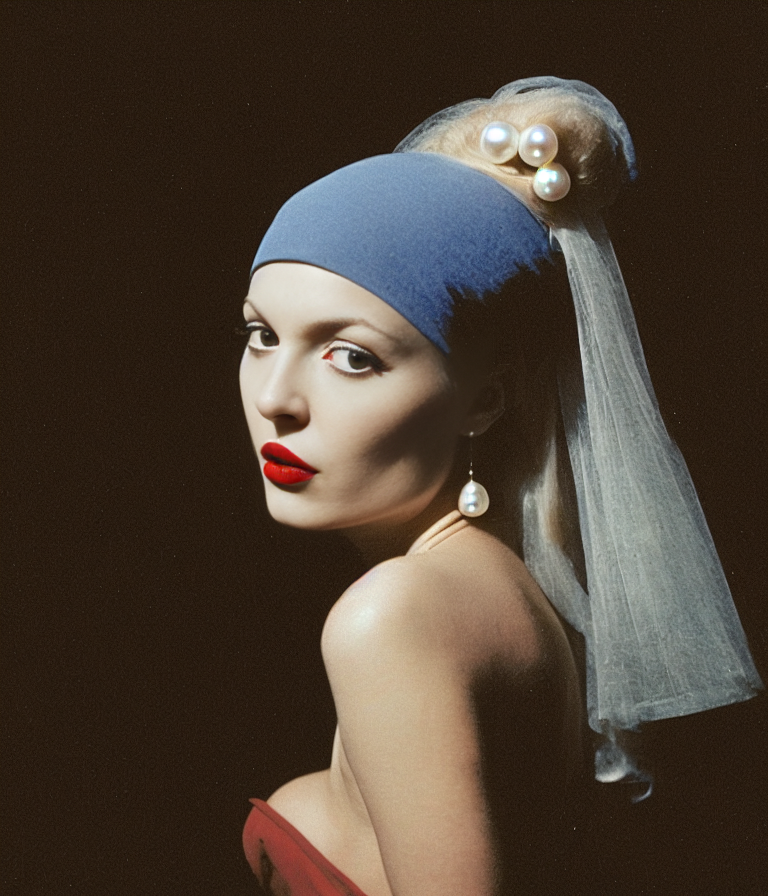
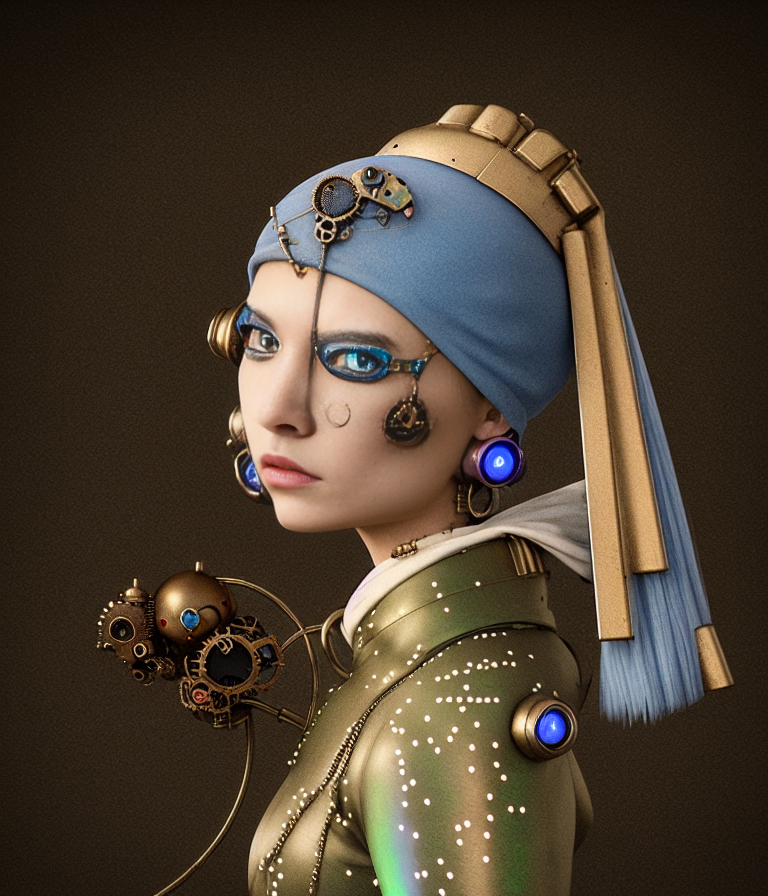
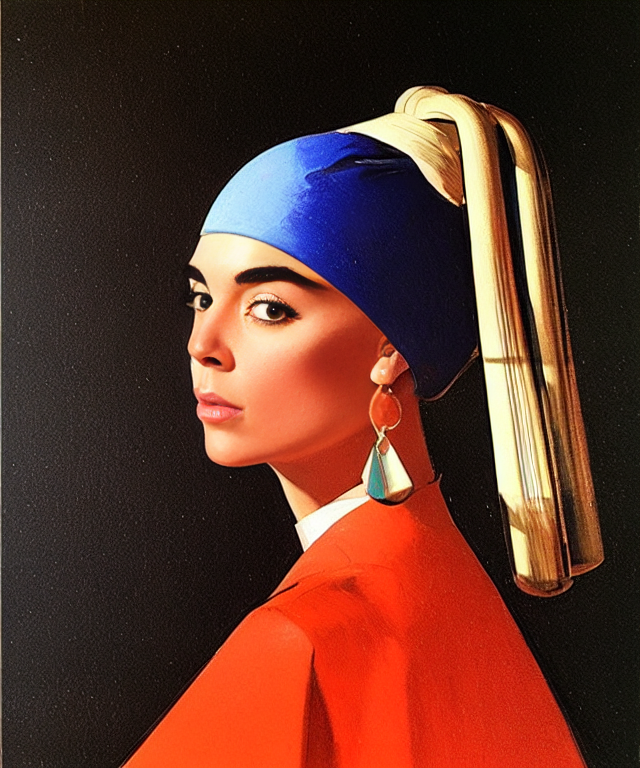
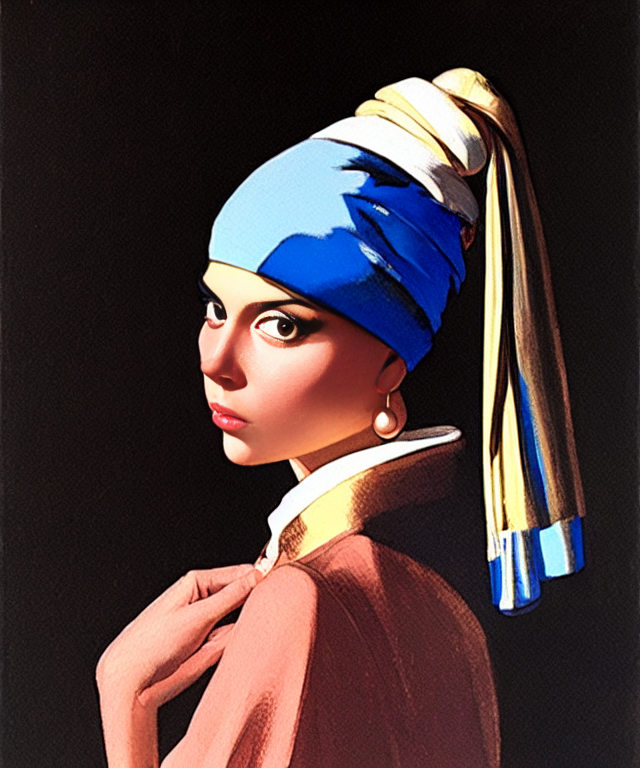
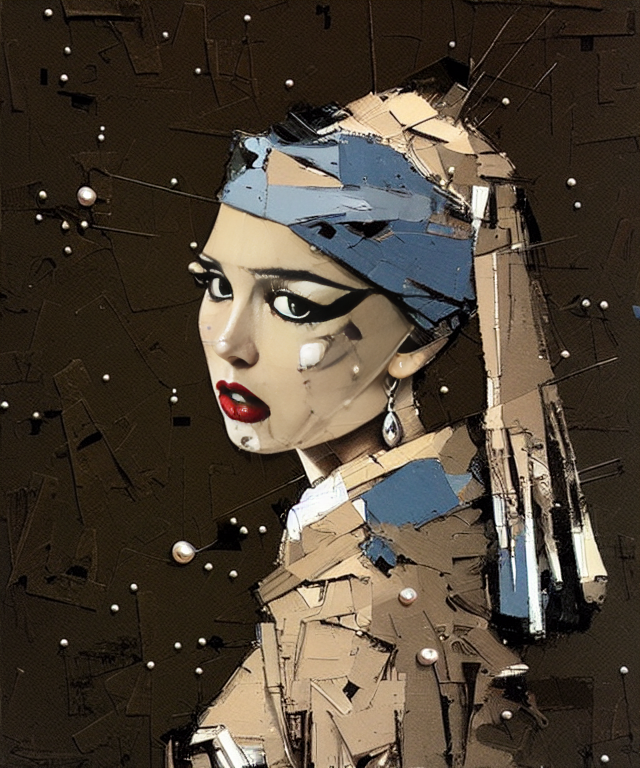
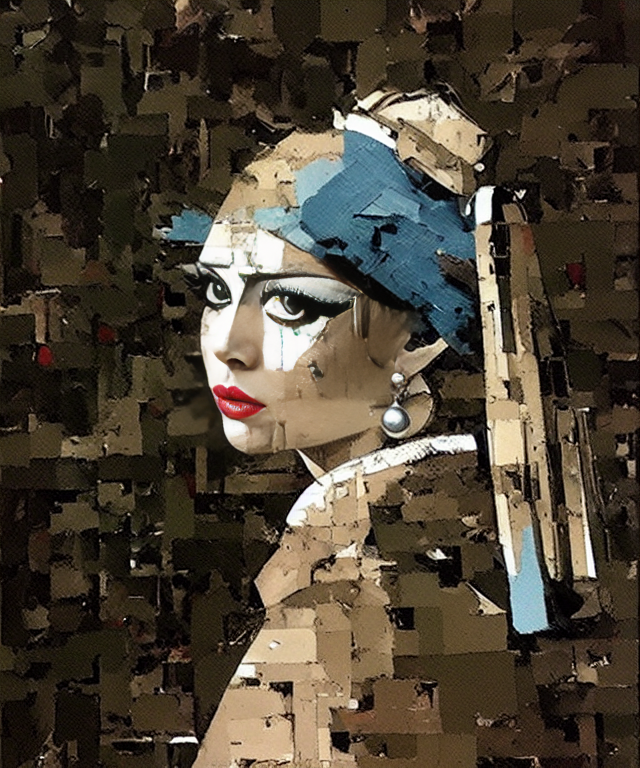
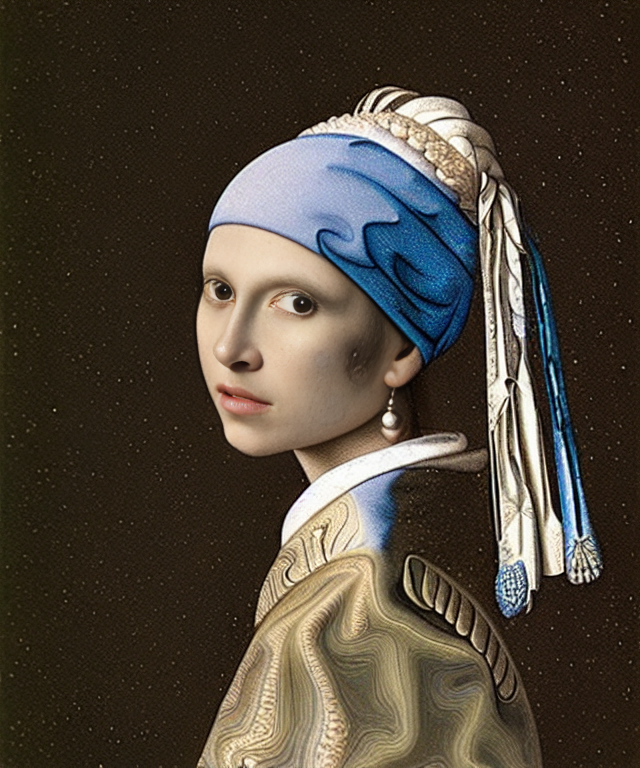
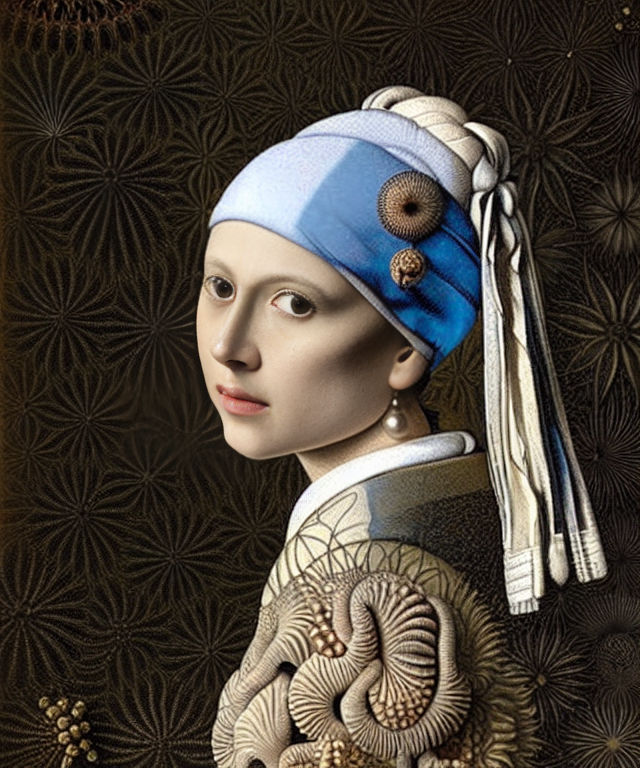
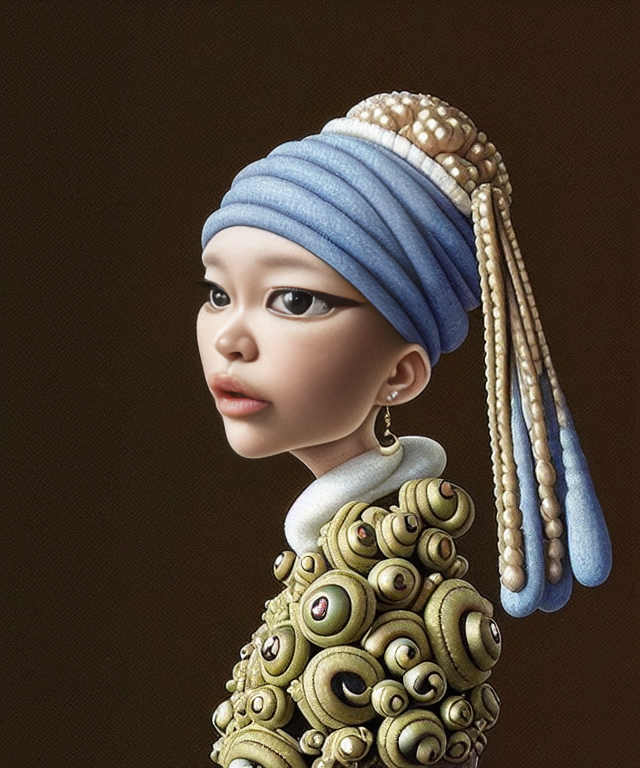
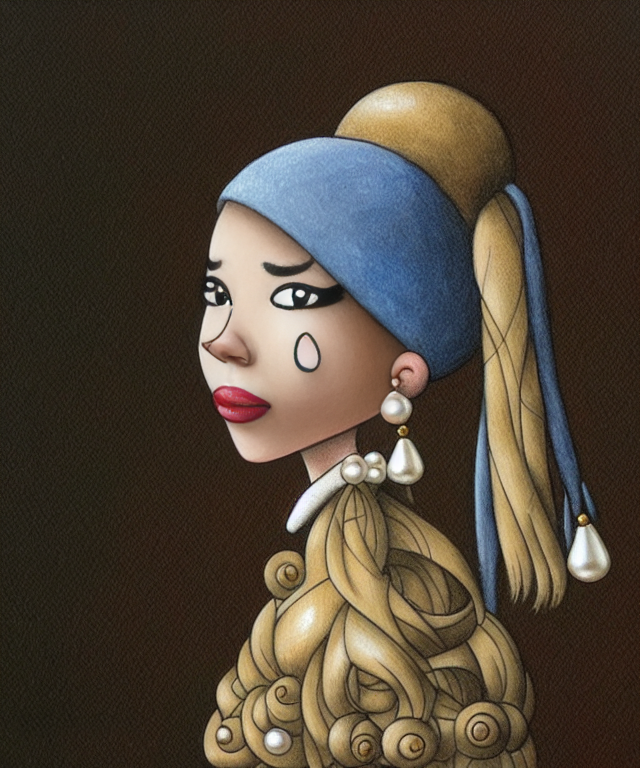
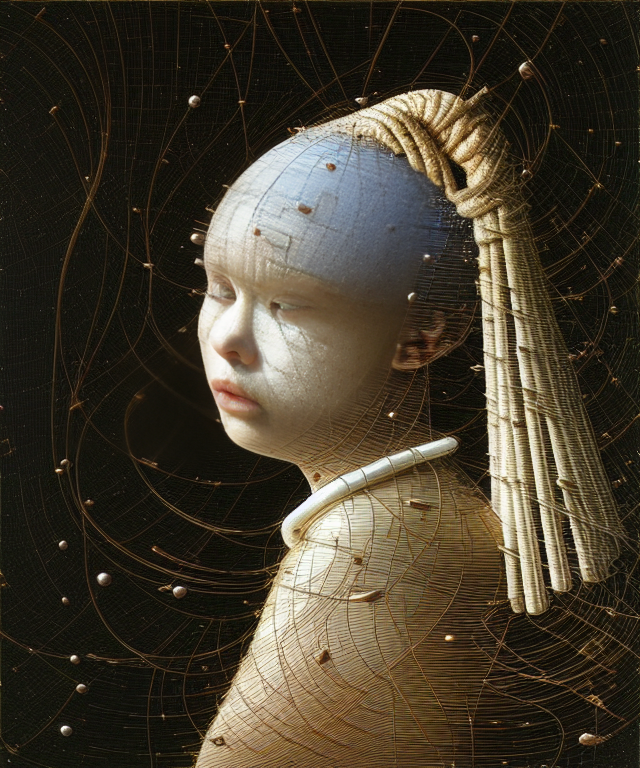

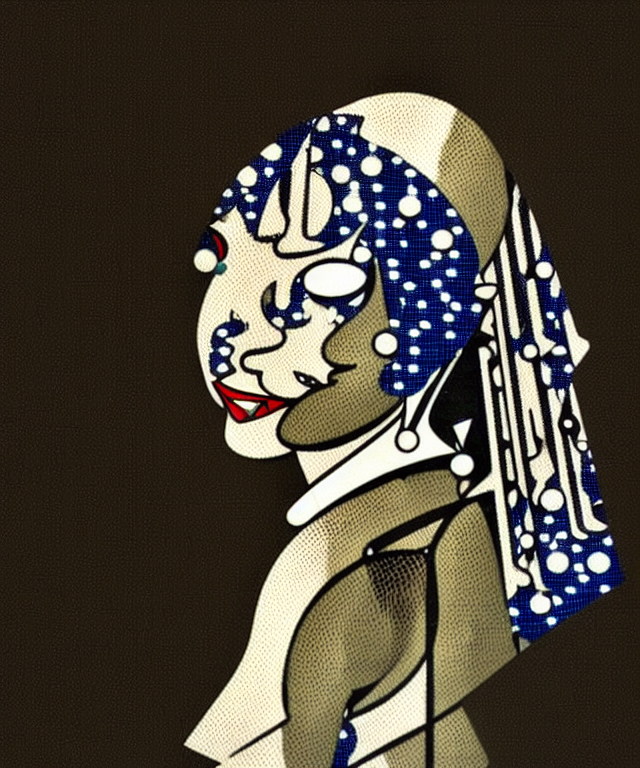
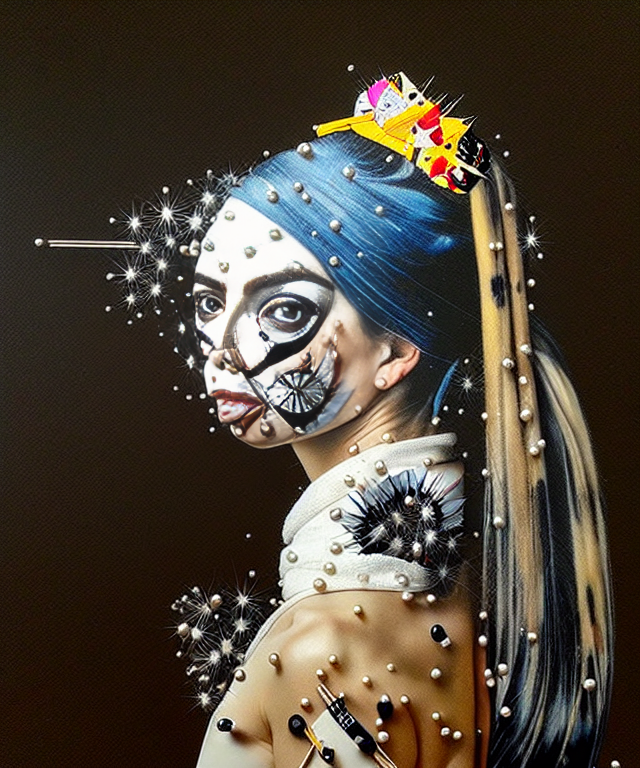
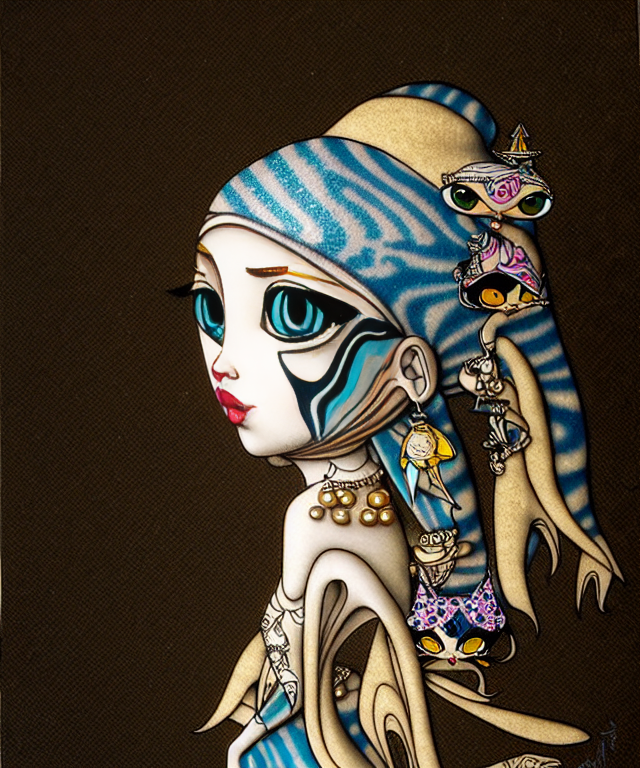
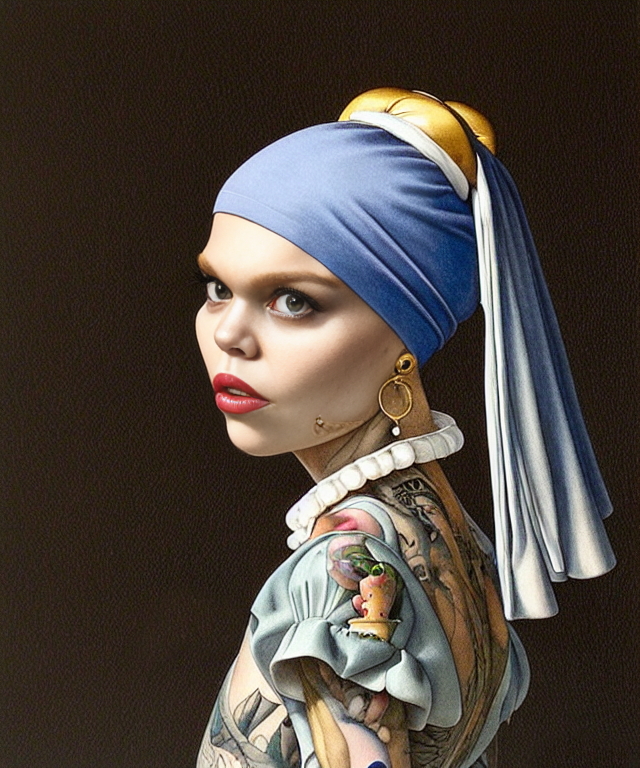
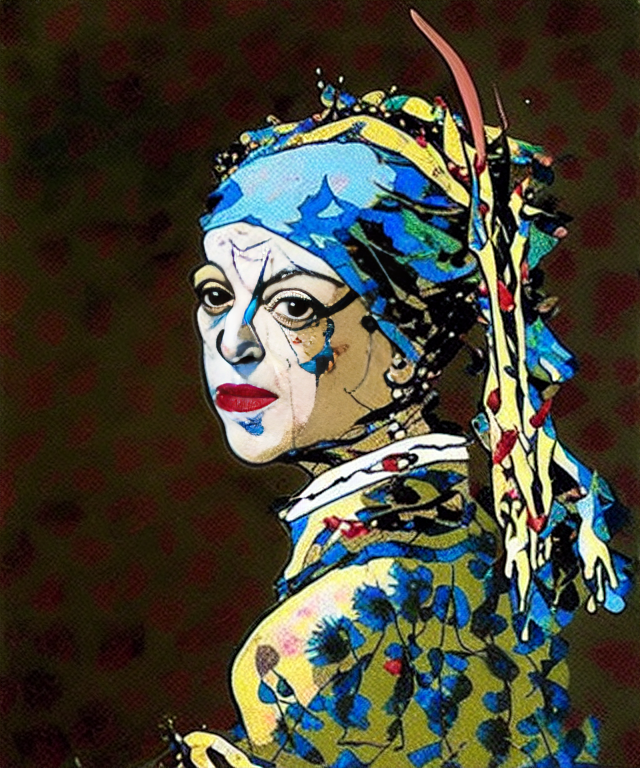

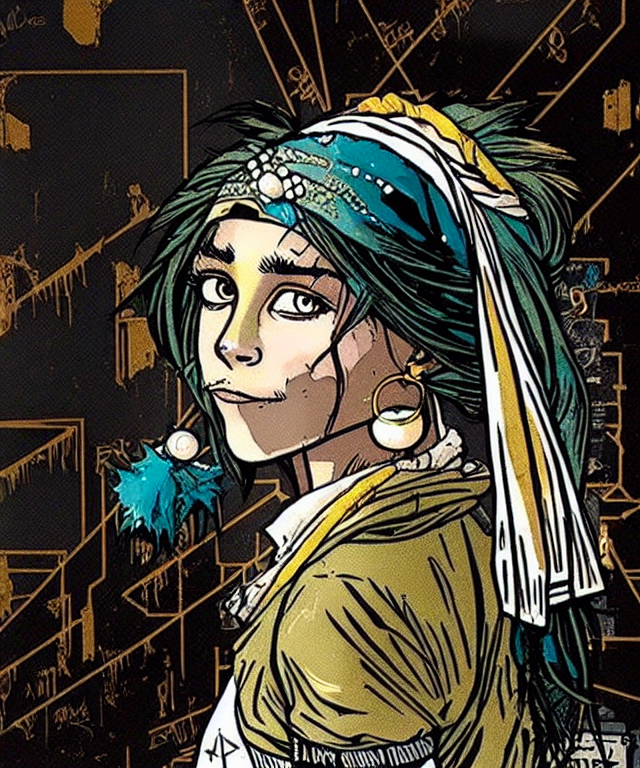


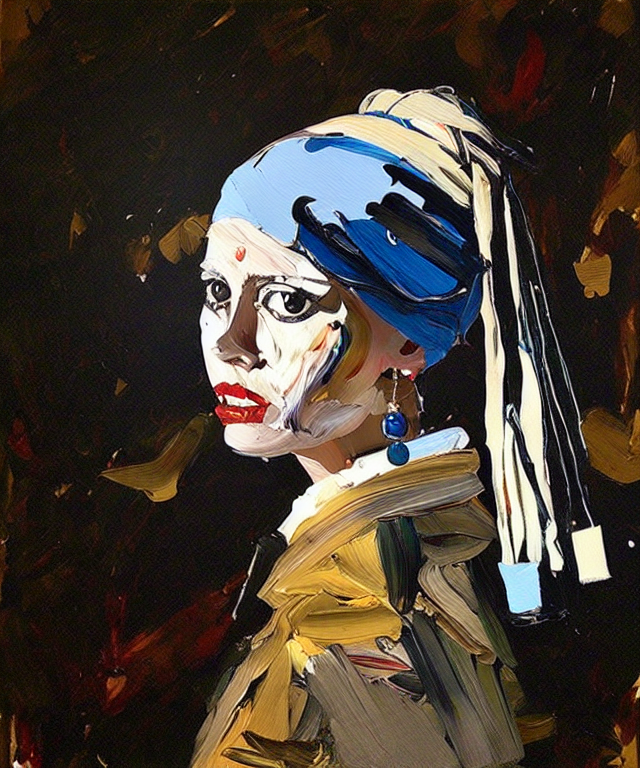
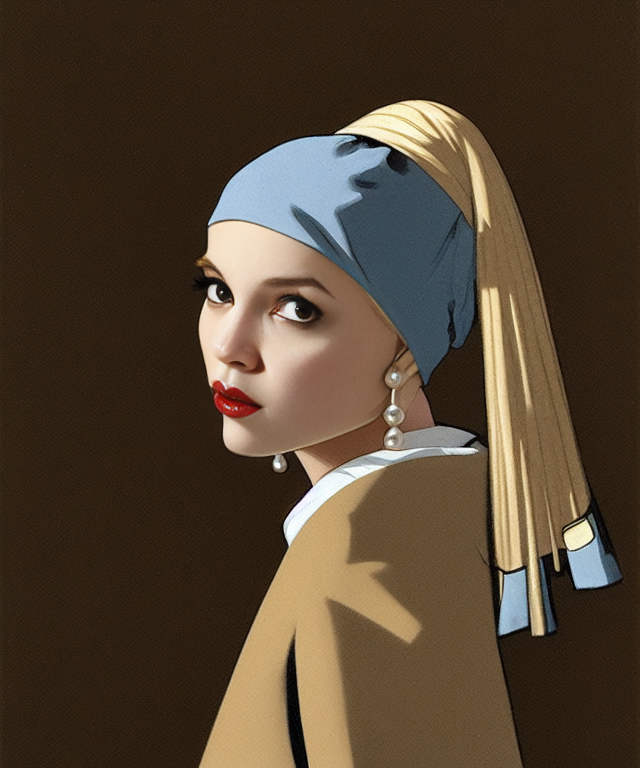
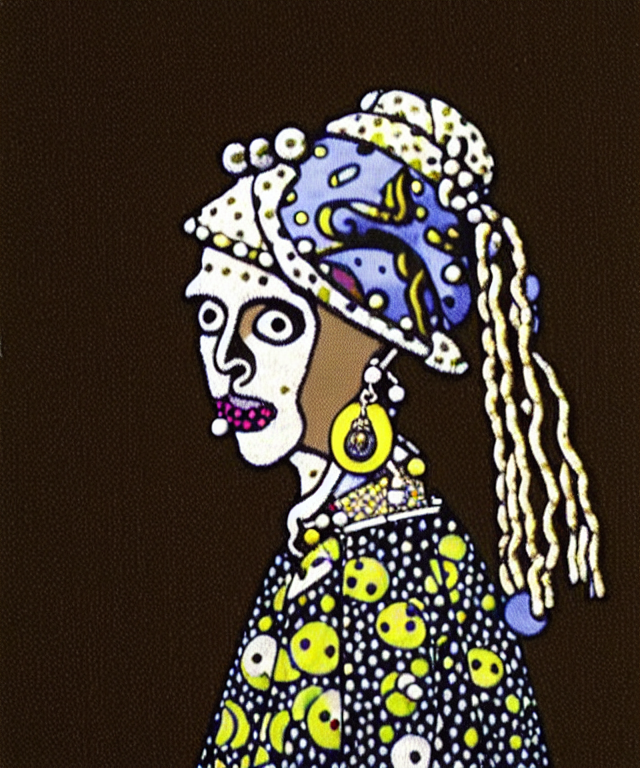
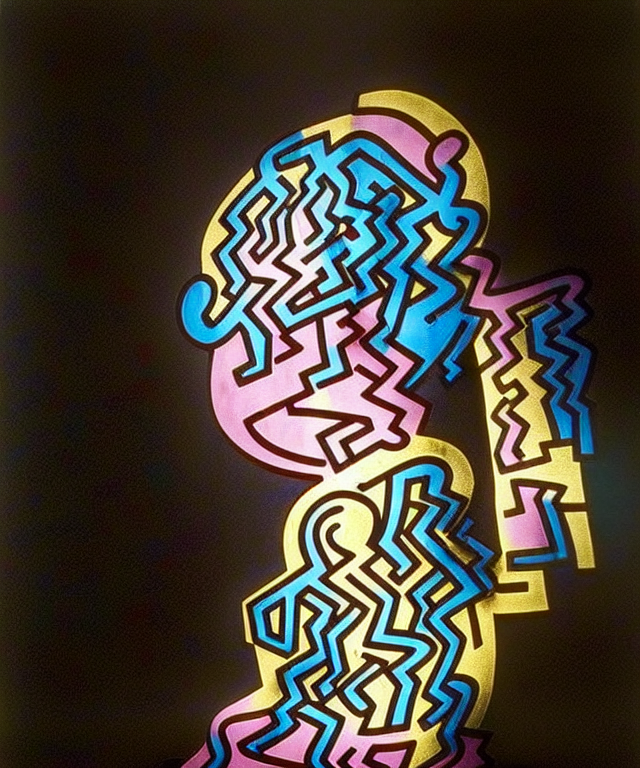
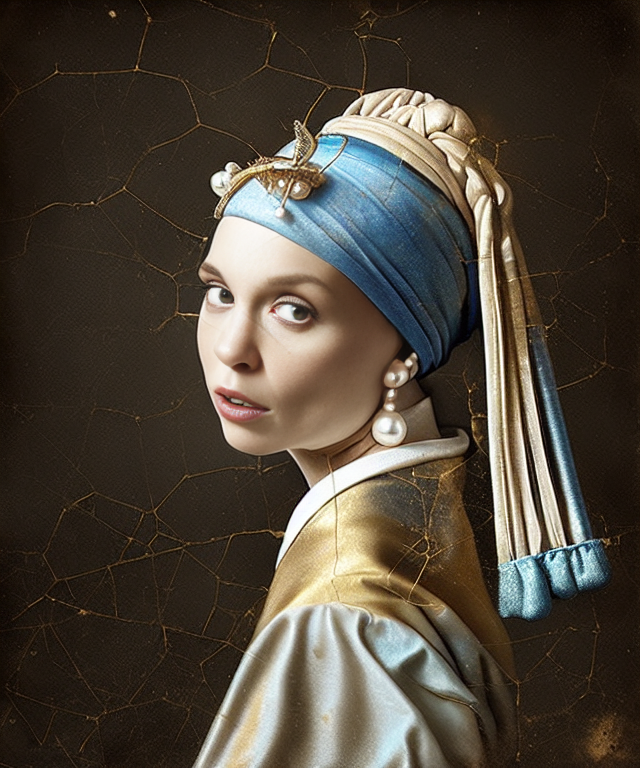
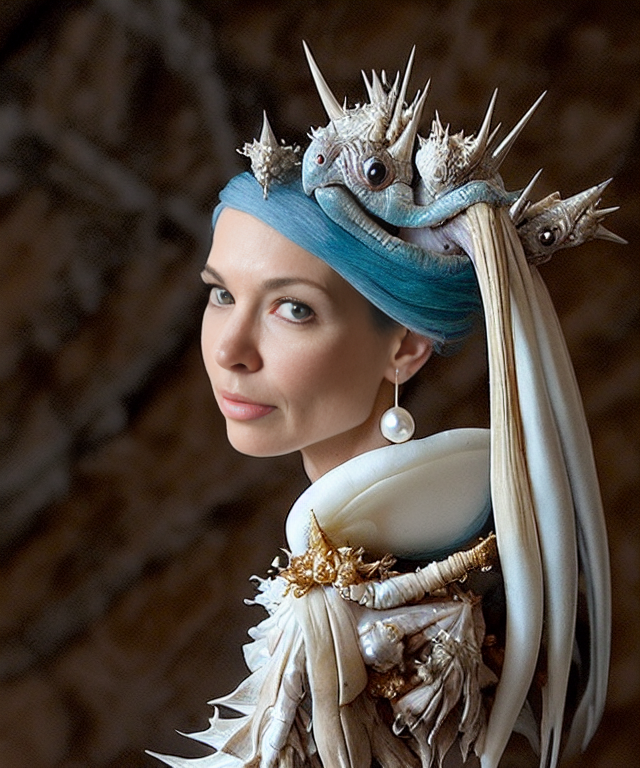
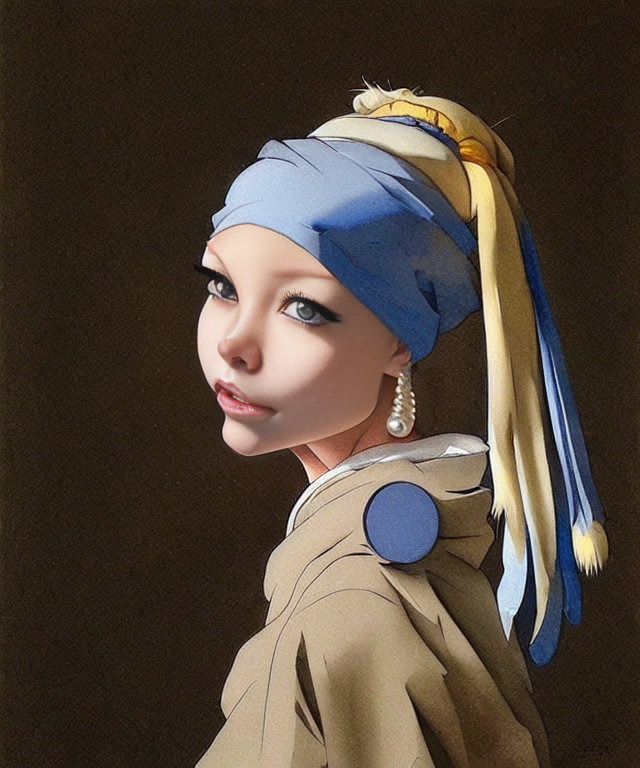
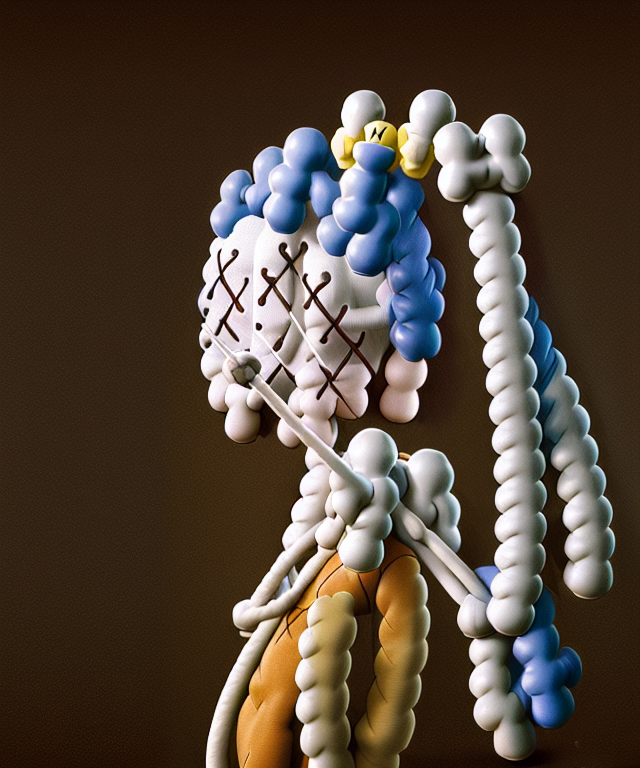

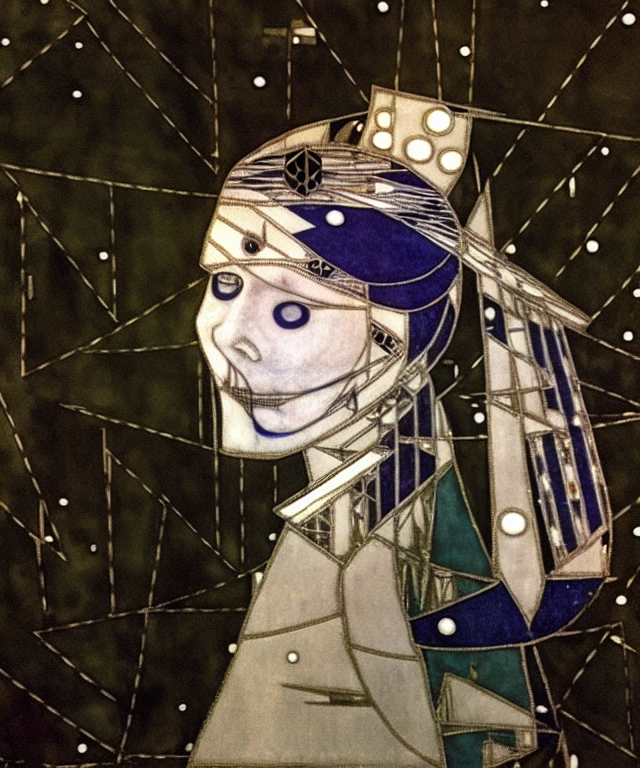
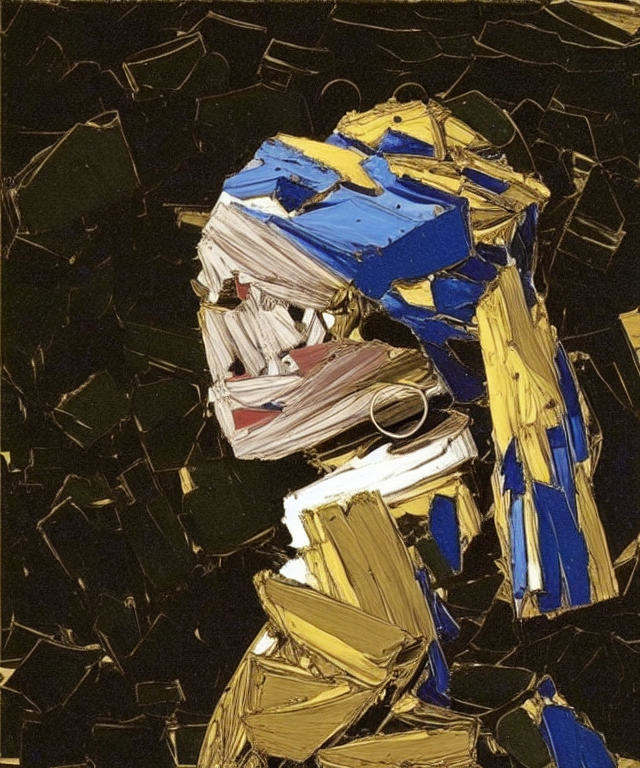
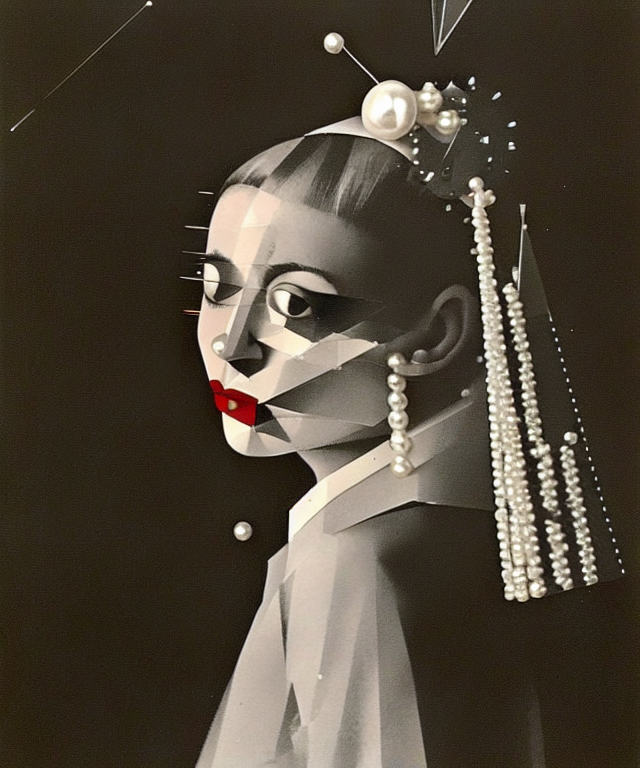
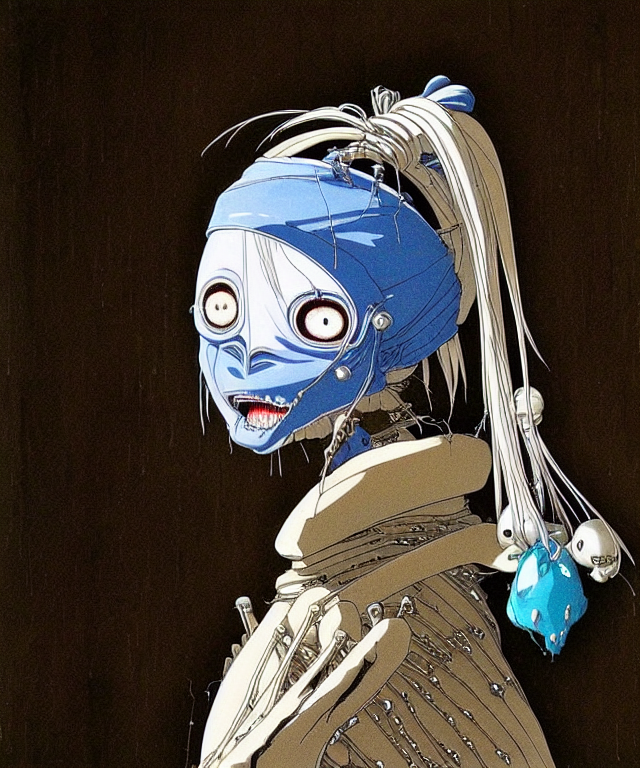
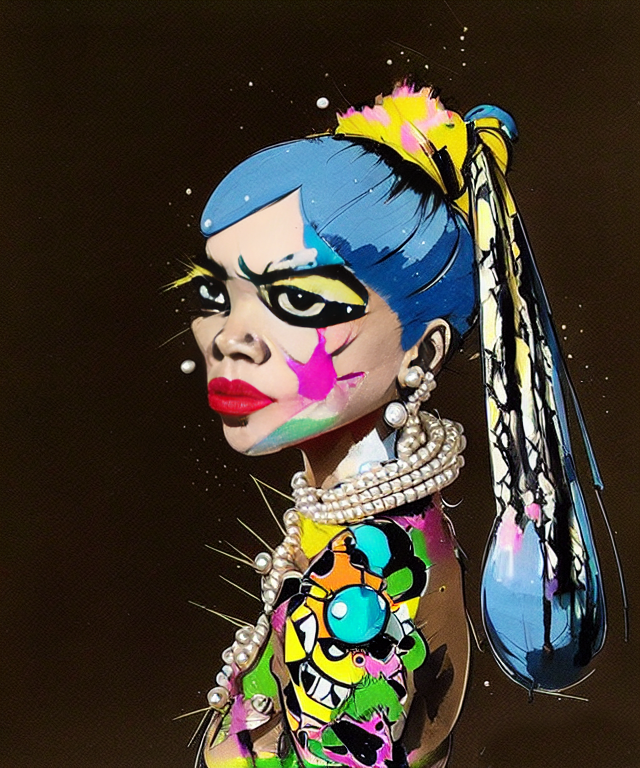
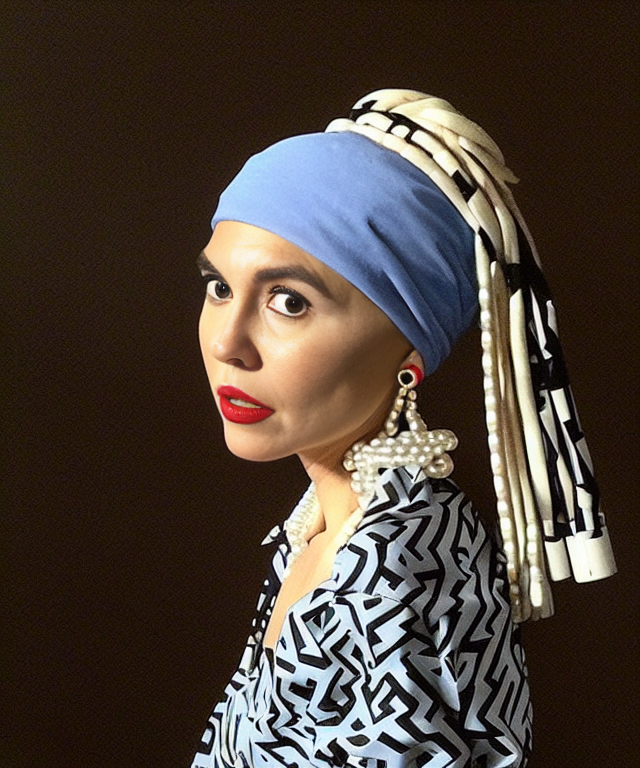
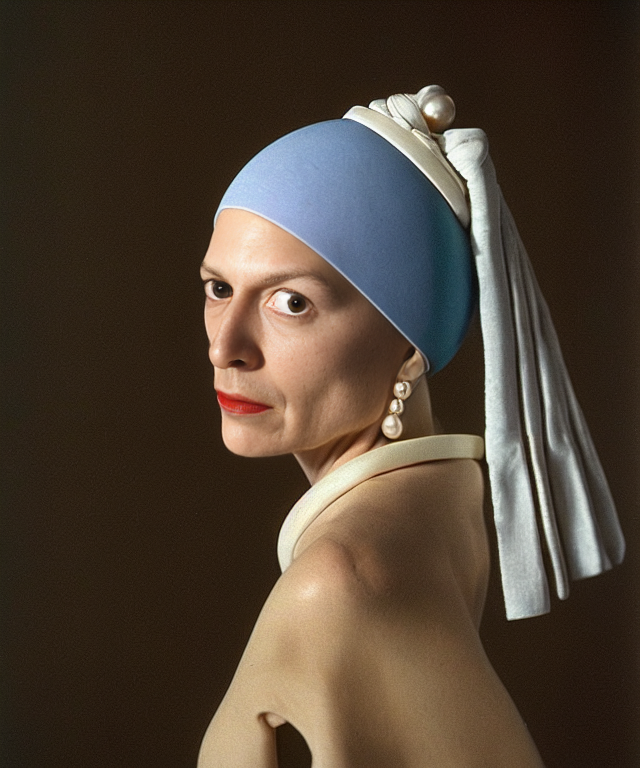
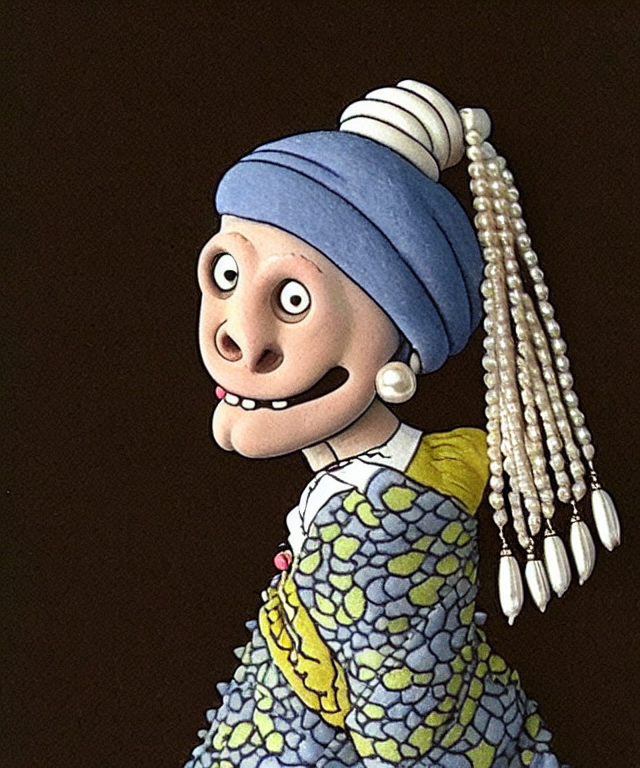
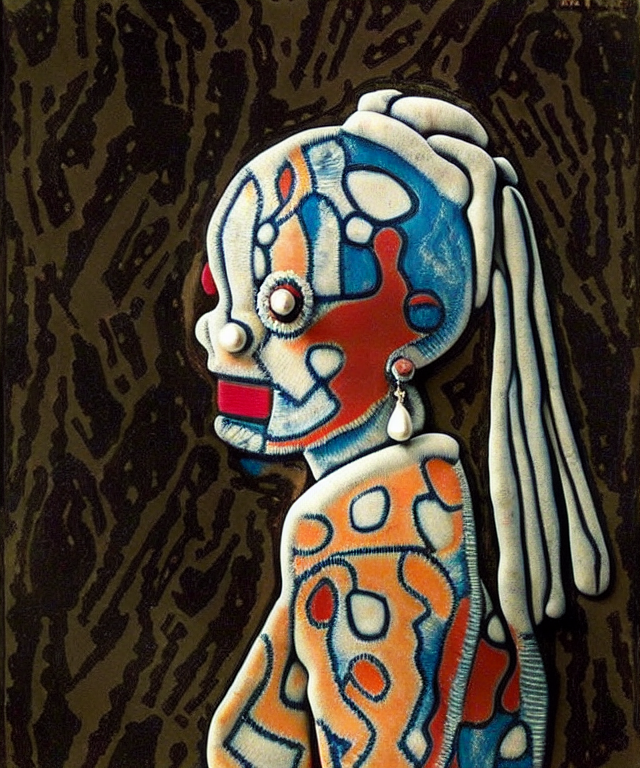
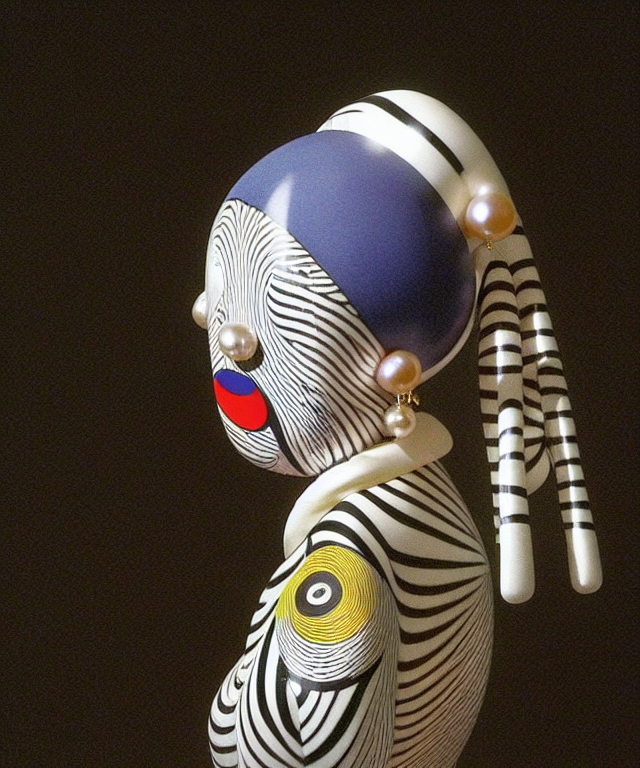
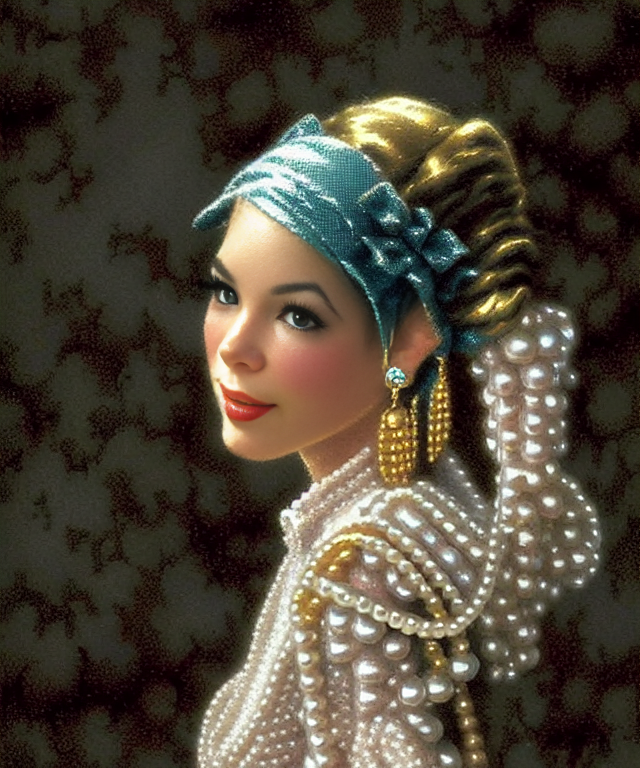
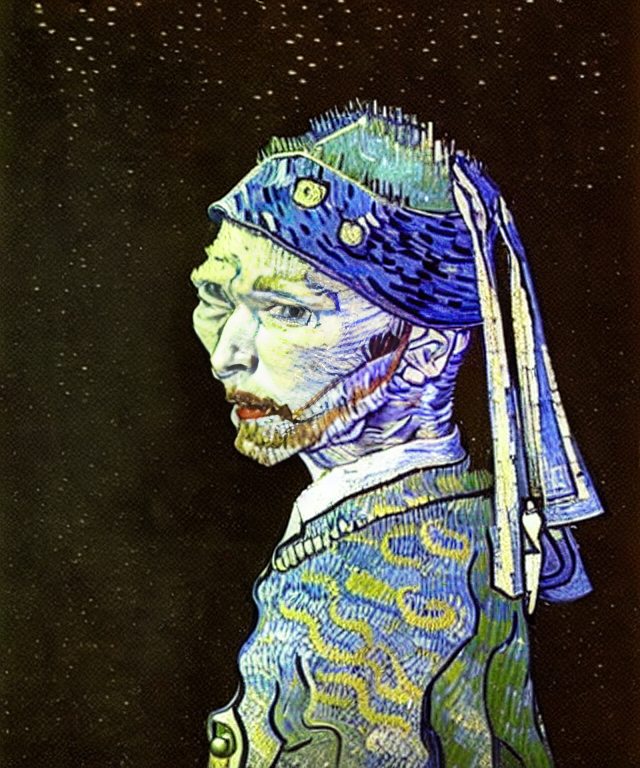
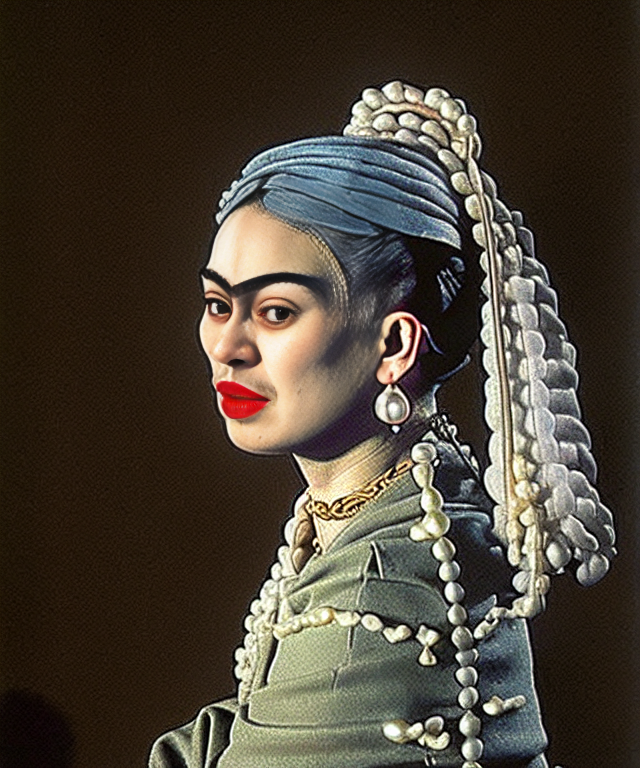
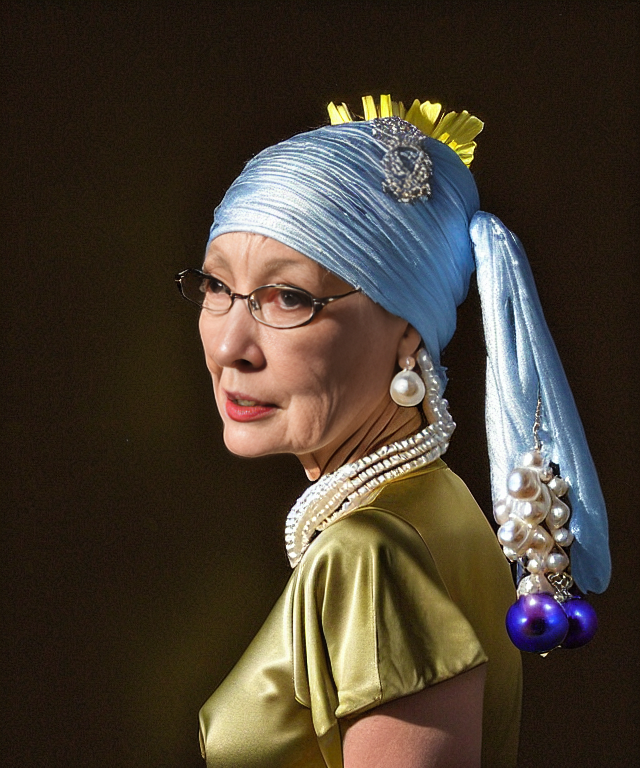
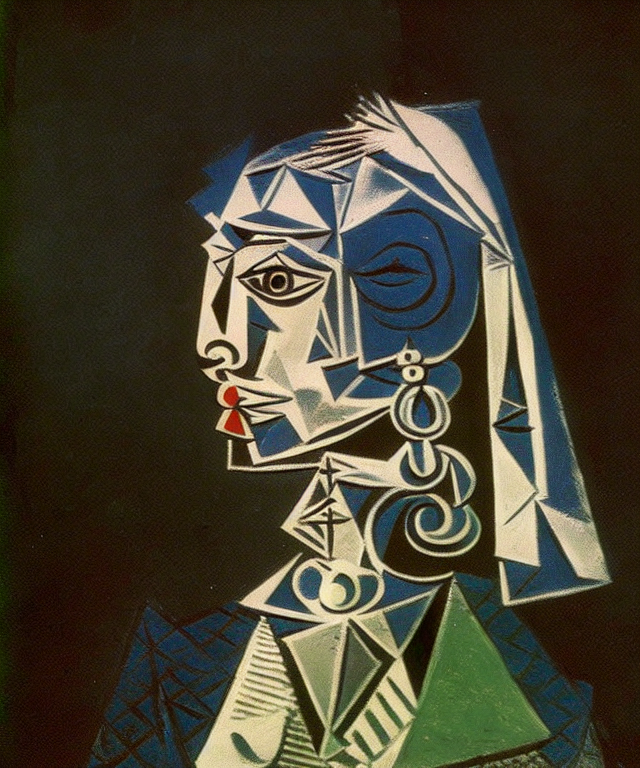
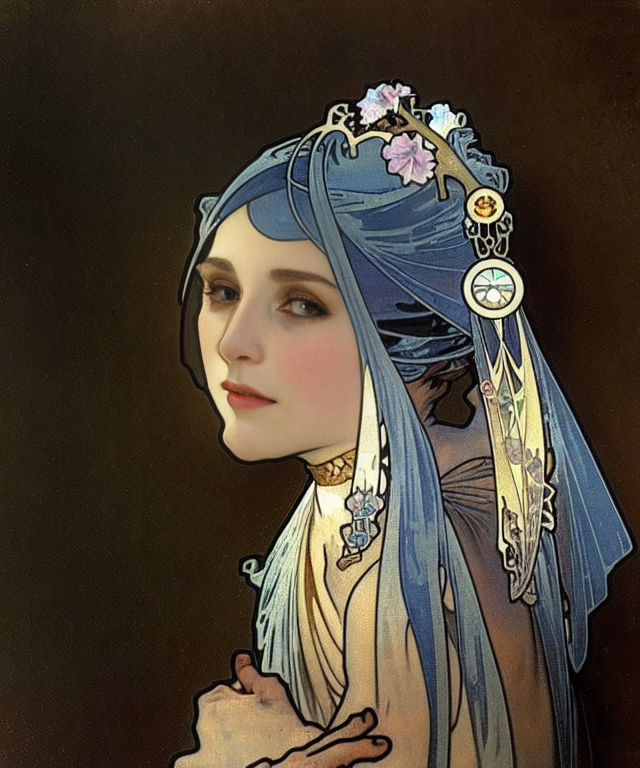
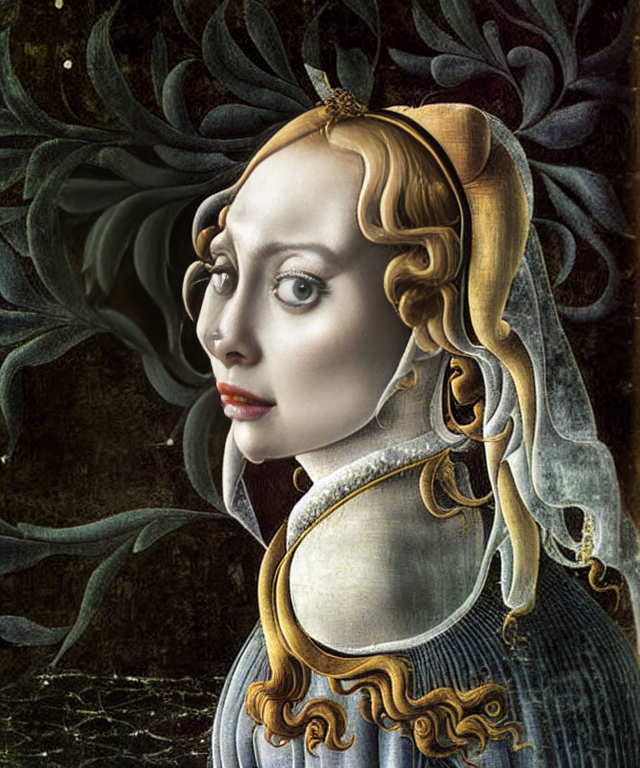
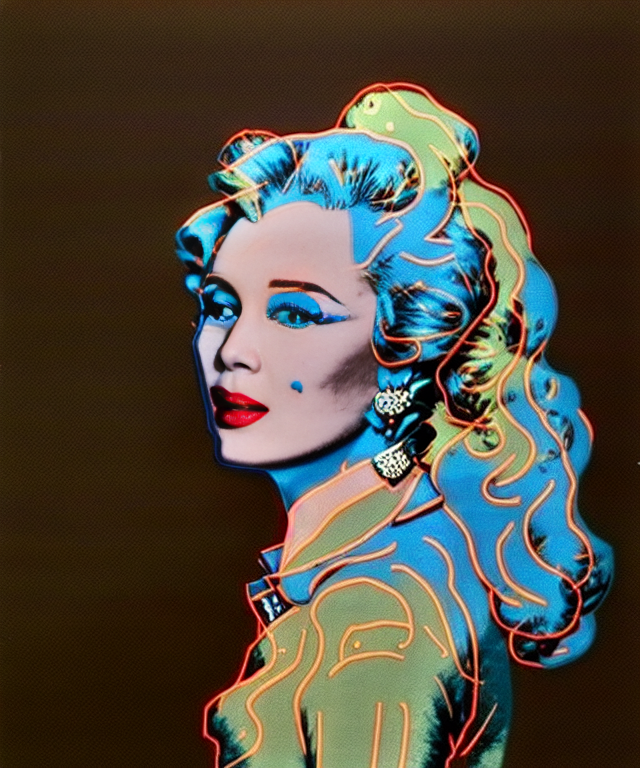
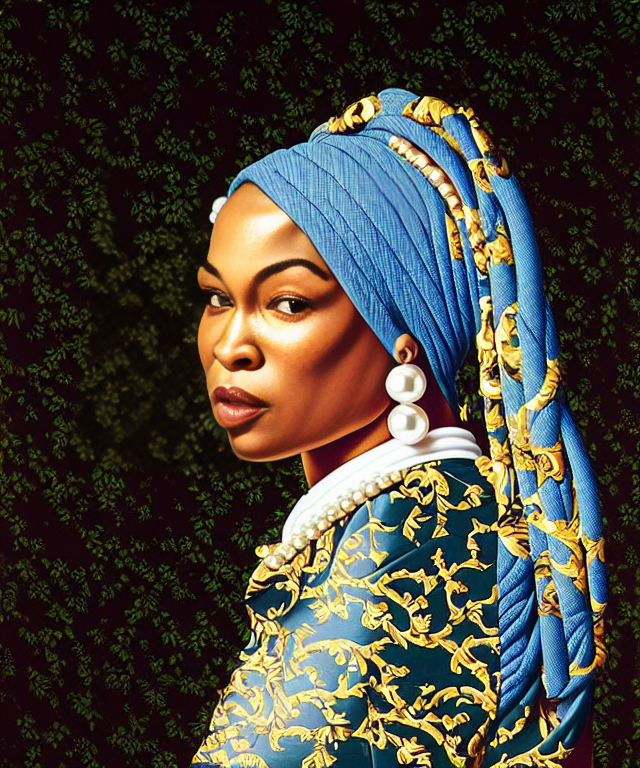
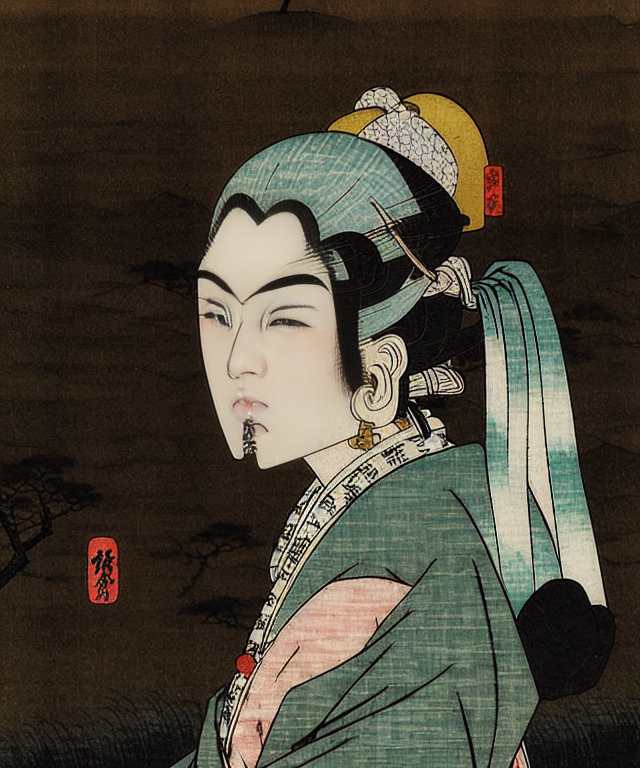
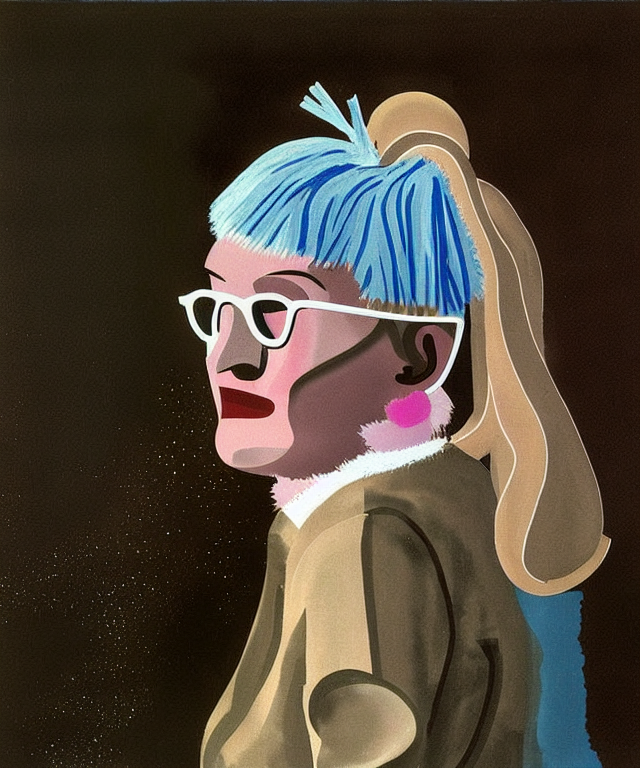
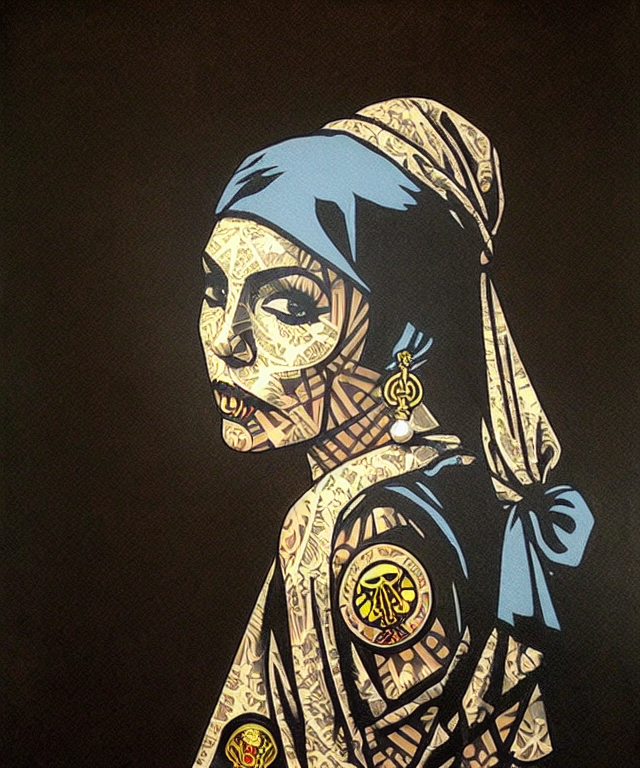
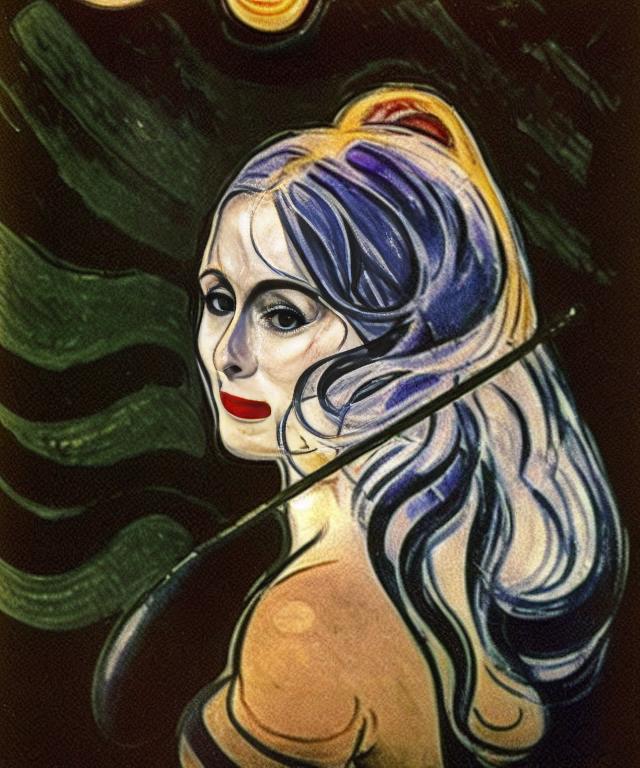
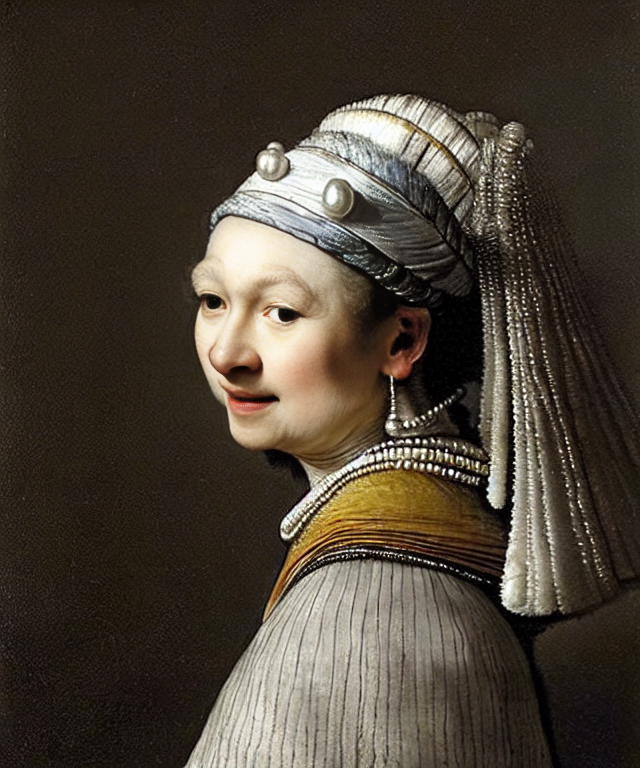
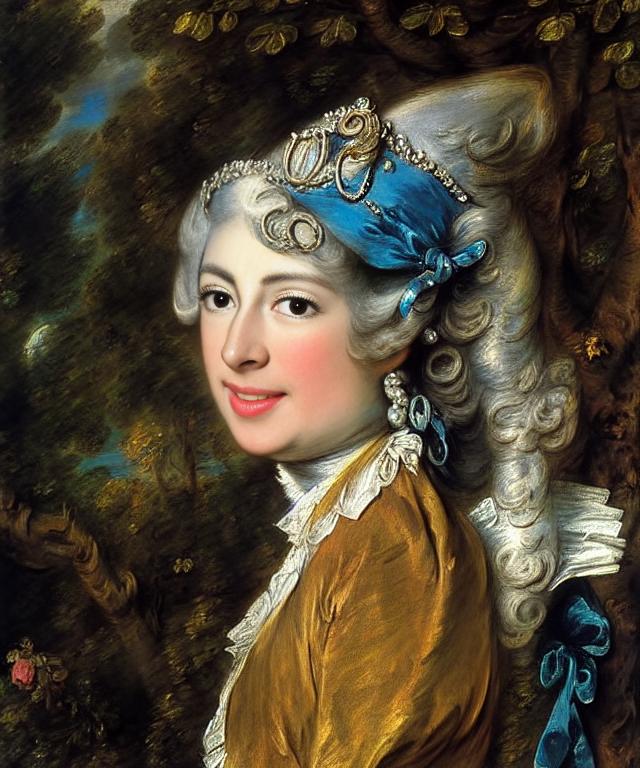
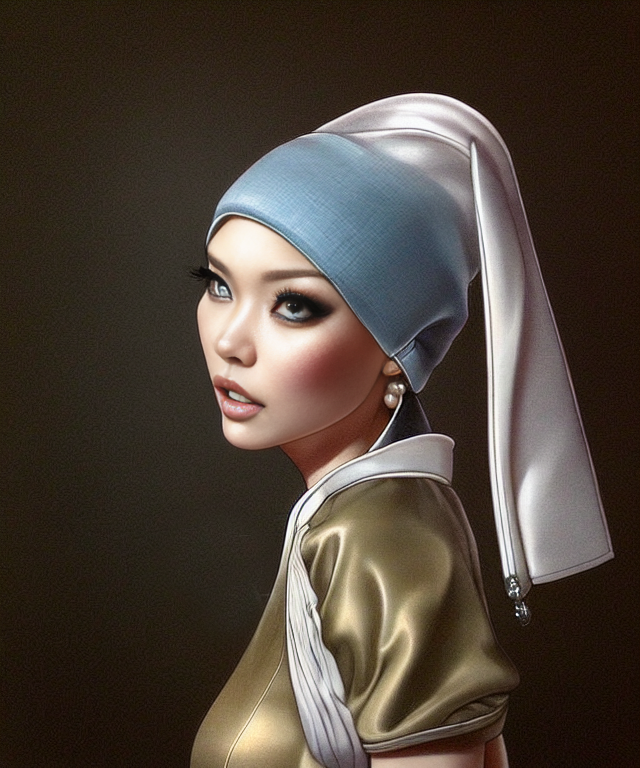

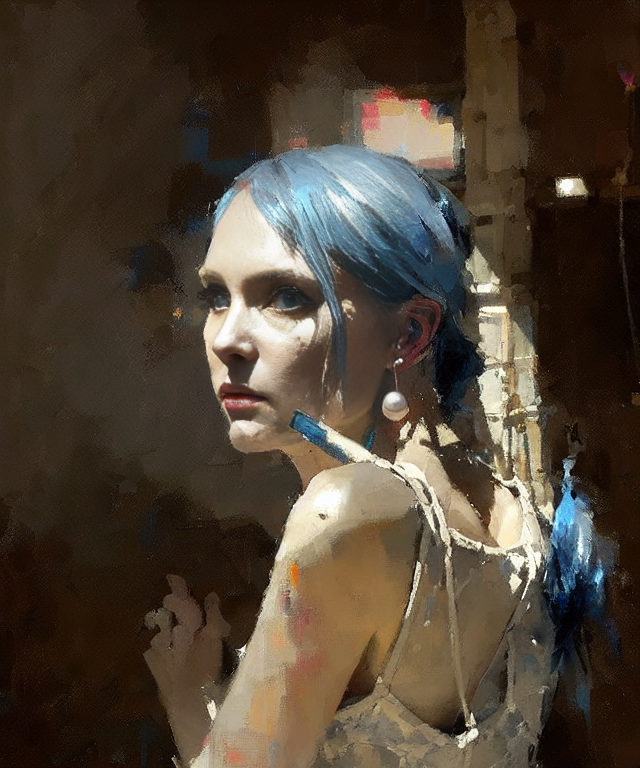
Disclaimer: At the time of writing this article, no definitive copyright laws pertaining to AI-generated art have been established. As such, the creations resulting from this AI study should be treated as existing in a legal grey area or “no man’s land.” Until further clarification is provided by the relevant authorities, it is crucial to approach the use and distribution of these AI-generated works with caution and respect for the original artists whose styles have been emulated.
